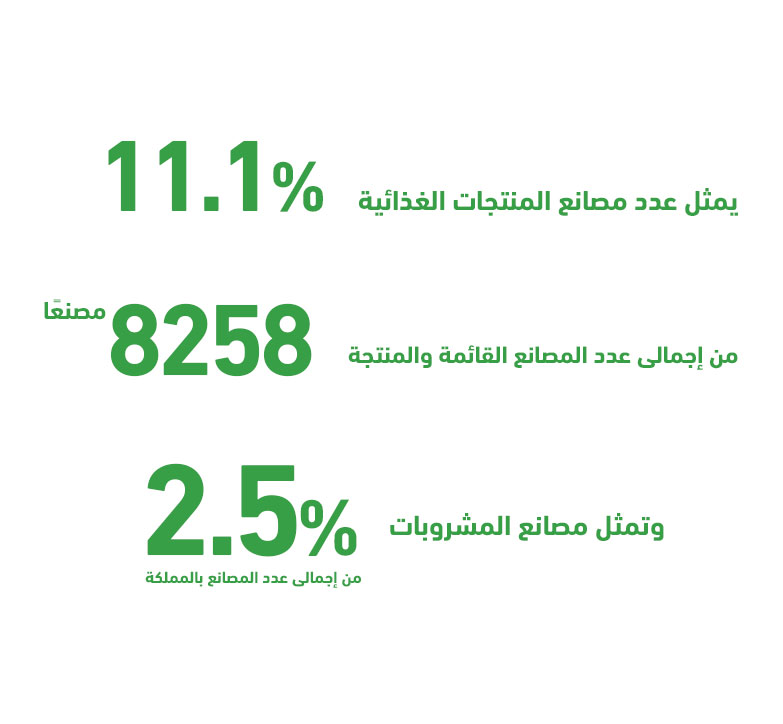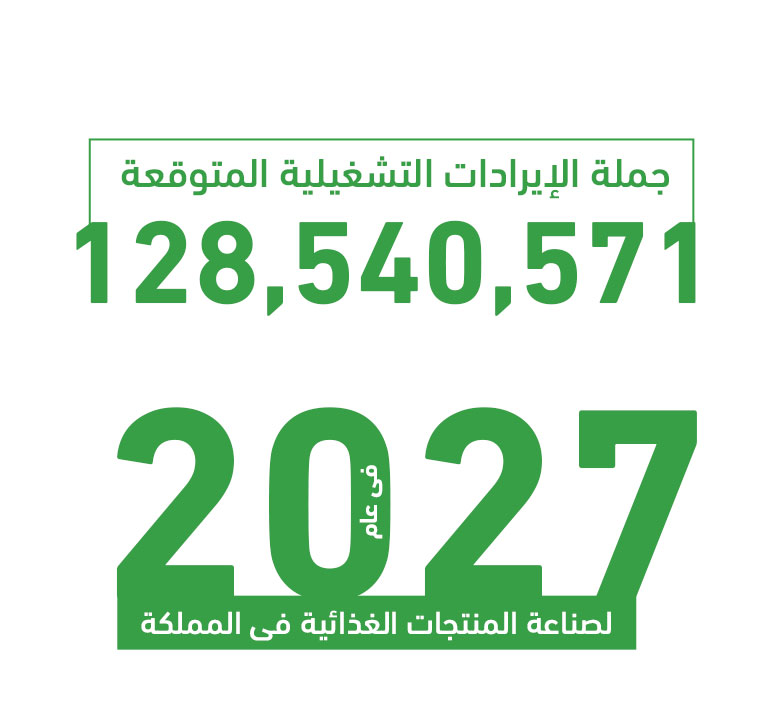It is a tomato paste (sauce) factory project. The factory manufactures tomato sauce in different sizes, and it is packaged using the best packaging materials to preserve the quality of the food.

It is a tomato paste (sauce) factory project. The factory manufactures tomato sauce in different sizes, and it is packaged using the best packaging materials to preserve the quality of food. <The tomato sauce production project is considered one of the successful projects, as tomatoes are indispensable in cooking, and we find that tomatoes have times of scarcity and other times when they become available. Since they are used in homes, hotels, restaurants and other places that use tomatoes primarily, this is where the importance of the project comes in. <>Manufacturing is done by using the best technology and the best quality levels so that it can compete with local producers of the products under study and meet the increasing demand and consumption of sauce, as it is a product with many uses, such as the largest use, which is its use in homes, hotels, restaurants, etc.



Executive Summary
Study of project services/products
Market size study.
Risk assessment study.
Technical study
Financial study.
Organizational and administrative study.

he GCC countries comprise 0.7% of the world’s population; however, they account for 3% of global spending on processed food and beverages, amounting to $102 billion out of a total of $3.4 trillion. This indicates a high per capita food consumption in the region, exceeding the global average.
This is not surprising upon closer examination, as the population of the GCC now exceeds 58 million, with approximately 56.3% of them falling within the 25–54 age group. This key demographic is the driving force behind the food industry market, as it is the most dynamic and youthful segment.
Since Saudi Arabia alone accounts for about 59.7% of the total GCC population and holds over 53% of the food and beverage market share, “Mashroo3k” has decided to present key indicators of this vital market in the Kingdom, based on the latest available statistics.
